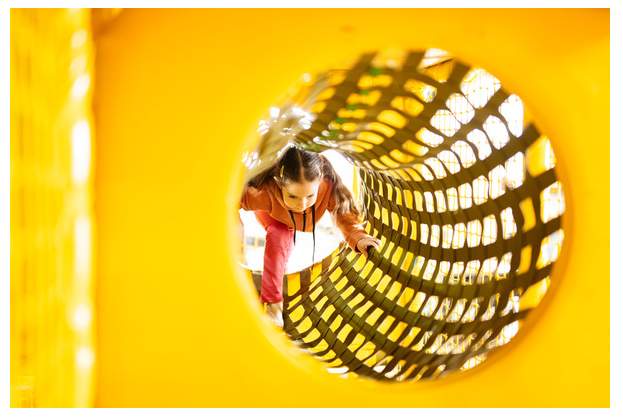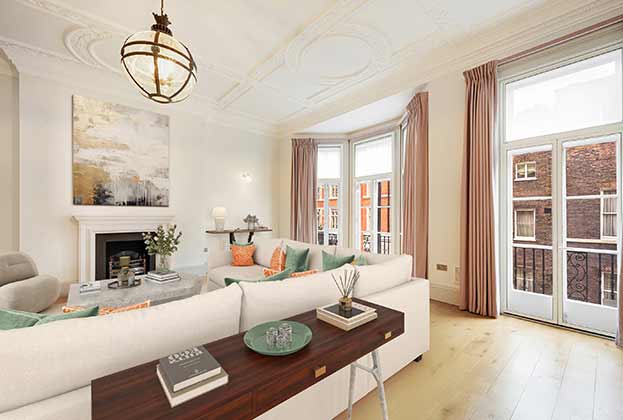2015 was notable for being the year when alternative assets became firmly ensconced in the mainstream European investment market. Making up 25 per cent of total investment transactions over the course of the year, alternative assets such as hotels, mixed-use buildings, as well as niche assets, including student accommodation, senior housing, healthcare/clinics and leisure, broke into the big time.
These assets, which are also often counter-cyclical and are characterised by lower transaction volumes, less liquidity and lower transparency, have seen their popularity grow as investors have gradually recognised the potential they offer to diversify their portfolios beyond traditional offices, industrial and retail property.
Their popularity has been growing for several years, with transactions increasing by approximately 25 per cent year on year, but 2015 was the first time they breached the significant milestone of forming a quarter of all commercial investment deals.
Of course, this does hide a disparity in their popularity across Europe, with just three countries accounting for the vast majority of niche alternative assets deals (excluding hotels and apartments). The UK accounted for deals worth approximately €10 billion – almost 50 per cent of total European activity – followed by Germany at 25 per cent, and Sweden at 13 per cent, leaving just 12 per cent of transactions taking place elsewhere.
The UK’s dominance is due to its position as the most liquid and transparent market in Europe, which has allowed it to set the pace. However, as the UK market has become more fully priced, attention is now turning to mainland Europe as investors look for enhanced returns. Over the next few years it’s expected that the alternatives market on the continent will catch up with the UK in terms of market share. In the coming years student accommodation and healthcare will see strong activity, especially in the markets of the UK, Germany, France, The Netherlands, The Nordics and – increasingly – Spain.
Another alternative sector that saw record volumes last year was the multi-family/apartments segment, with over €40.7 billion of activity and some significant mega-corporate deals. Looking to the future, residential accommodation – in the form of micro-apartment or multi-family units – is likely to see the biggest increase in investor interest as population growth across Europe, particularly in key cities such as London, Paris, Amsterdam, Madrid and Stockholm, leads to rising demand from tenants. Offering good positive rental growth, this type of asset in the right location is likely to be snapped up by institutional investors looking for steady long-term returns.
Further information
Read more on Savills European news page
(1).jpg)

(4).jpg)
(1).jpg)
.jpg)
.png)


.jpg)

.jpg)